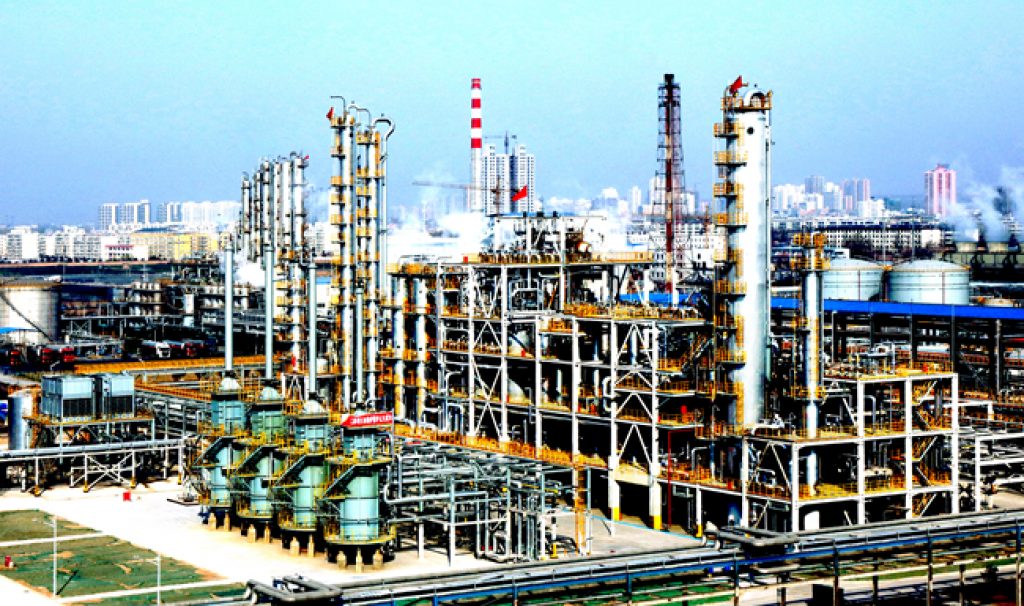In recent developments reported by state-run media in China, a pioneering facility has commenced experimental production of ethanol using coal as a primary feedstock, diverging from conventional methods reliant on crops like corn or sugar cane. Positioned in southeastern China, this plant, boasting an annual production capacity of 600,000 metric tons, claims the title of the world’s largest ethanol-producing facility.
Chinese authorities have articulated the strategic aim of tapping into the nation’s abundant coal reserves, redirecting focus away from essential food sources to manufacture ethanol. This dual-purpose initiative not only seeks to bolster China’s energy independence but also aims to curtail the necessity for importing this crucial fuel.
According to the U.S. Department of Energy, ethanol, classified as a “renewable fuel,” is conventionally derived from biomass, often sourced from corn grain. It is commonly blended with gasoline to enhance fuel oxygenation.
Remarkably, China is opting for low-grade coal in the ethanol production process, contending that this approach will annually save “millions of tonnes” of grain, which can then be preserved as a vital food resource.
Xinhua highlighted a novel technology known as DMTE, responsible for converting methanol from coke oven gas—a by-product of coal-centric coke production. This methanol is subsequently engaged in a reaction with other materials to yield ethanol. It is noteworthy that China stands out as the only nation globally known to have implemented this fossil fuel-based technology on an industrial scale.
While the United States and Brazil currently dominate global ethanol production, contributing to approximately 90% of the world’s output, China’s recent foray into coal-based ethanol production marks a significant departure from conventional practices. However, with a shortfall of approximately 10 million tonnes, the country remained dependent on importing ethanol to meet its requirements.
China, a dominant player in both coal production and consumption, accounting for around half of global coal production, has been actively exploring diversified applications of coal. Despite decommissioning over 70 gigawatts of coal-fired power generation over the past decade, the country continues to invest in new coal-fired facilities. Global Energy Monitor, a U.S.-based think tank, recently reported that more than 95% of the global coal-fired power generation capacity initiated in 2023 was in China.
The DICP’s groundbreaking DMTE technology, developed after a decade of research into non-crop ethanol production methods, has evolved since its inception in 2010. The institute designed a coal-to-ethanol production line in Shaanxi province in 2017, which has undergone continuous upgrades. Presently, a total of 13 industrial facilities, including two overseas entities, plan to leverage the DMTE technology, collectively constituting an ethanol production capacity of 3.95 million tonnes per year, as outlined in the DICP report. This underscores China’s commitment to innovation and diversification in the pursuit of energy security and sustainable industrial practices.










